The Damon Runyon Cancer Research Foundation has named five physicians with novel approaches to fighting cancer as Damon Runyon Physician-Scientists. A scientific committee comprised of leading cancer researchers who are physician-scientists themselves has selected the awardees through a highly competitive and rigorous process. Recipients of this award are brilliant young doctors showing bold initiative and a commitment to finding new cures for cancer.
Only one percent of all doctors are physician-scientists, and this number is at risk of shrinking further due to lack of funding. To help increase the number of physician-scientists—critical to moving scientific discoveries from the lab to patients—Damon Runyon created the Physician-Scientist Training Award. This provides physicians, who have completed specialty fellowship training, the opportunity to gain skills and experience in translational and clinical research. To address the financial burden that often deters physicians from pursuing a research career, Damon Runyon provides significantly higher funding than most research fellowships—$460,000 over four years. The award also retires up to $100,000 of medical school debt still owed by an awardee (the average medical school debt is now more than $200,0000).
“Physician-scientists have the unique ability to blend their insights from treating patients and working in the laboratory in a way that enables and accelerates medical advances,” said Yung S. Lie, PhD, President and Chief Executive Officer of the Damon Runyon Cancer Research Foundation. “If the current shortage of physician-scientists continues, we risk a situation in which major laboratory research discoveries may not reach patients at all, and that would represent a true crisis in cancer research.”
The Physician-Scientist Training Award was established in 2015 thanks to the generosity of Damon Runyon Board Members Leon Cooperman and Michael Gordon.
2020 Damon Runyon Physician-Scientist Training Award Recipients:
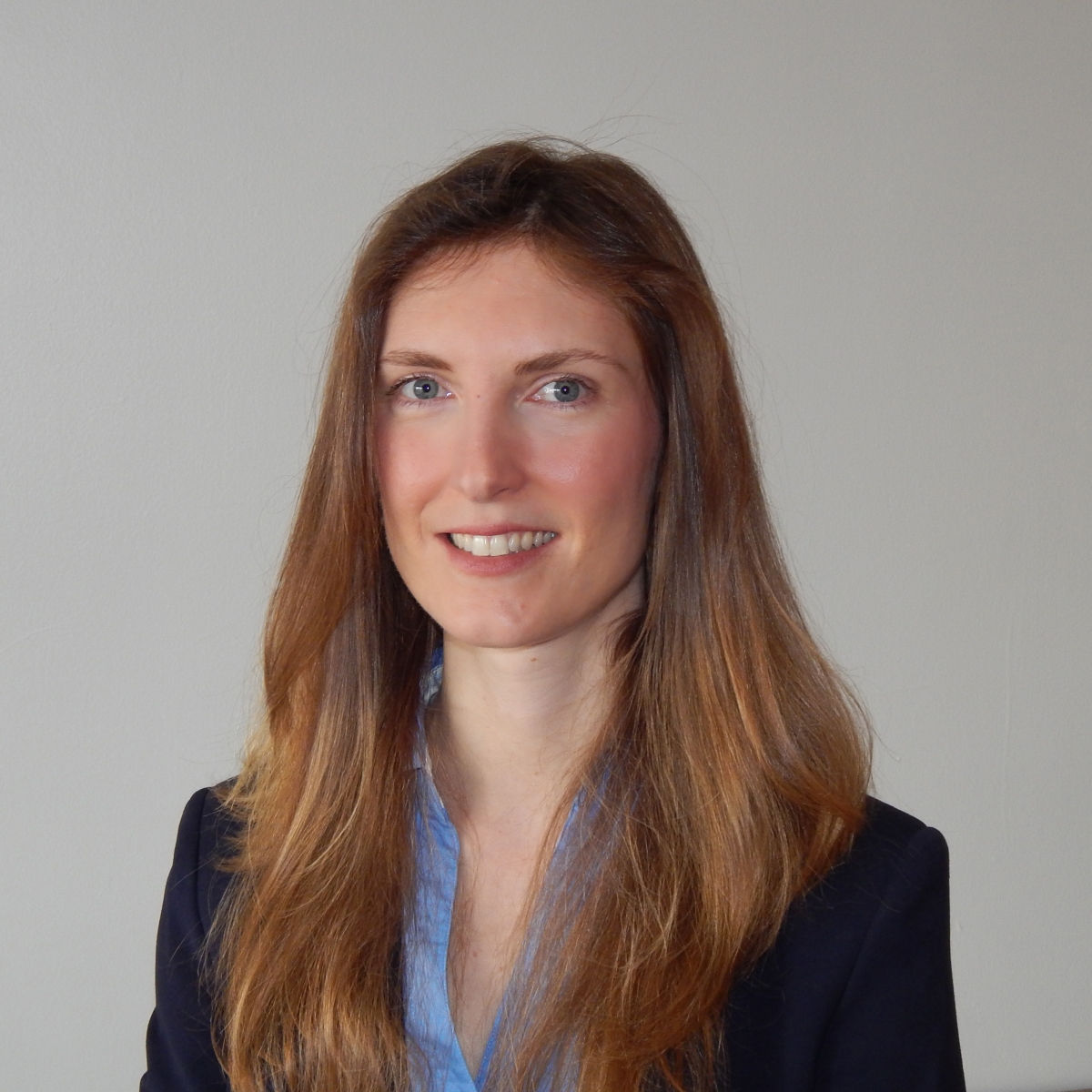 Elisa A. Aquilanti, MD, with mentor Matthew L. Meyerson, MD, PhD, at Dana-Farber Cancer Institute, Boston
Elisa A. Aquilanti, MD, with mentor Matthew L. Meyerson, MD, PhD, at Dana-Farber Cancer Institute, Boston
Without new treatment options, patients diagnosed with glioblastoma brain tumors continue to have poor survival outcomes. Dr. Aquilanti aims to validate a new drug target called telomerase, a protein complex that elongates telomeres that cap the ends of chromosomes. Telomeres shorten with each cell division until they reach a critical length, and the cell stops dividing or dies. Many tumors activate telomerase to prevent the telomeres from shortening so their cells can divide indefinitely. Telomerase activation may be one of the main drivers of glioblastoma, occurring in over 85% of cases. Once she demonstrates that telomerase activity leads to cell death in glioblastoma, she hopes to develop a novel tool for screening drugs that can target telomerase. Additionally, she will explore whether alternative telomere maintenance pathways can develop in response to telomerase inhibition.
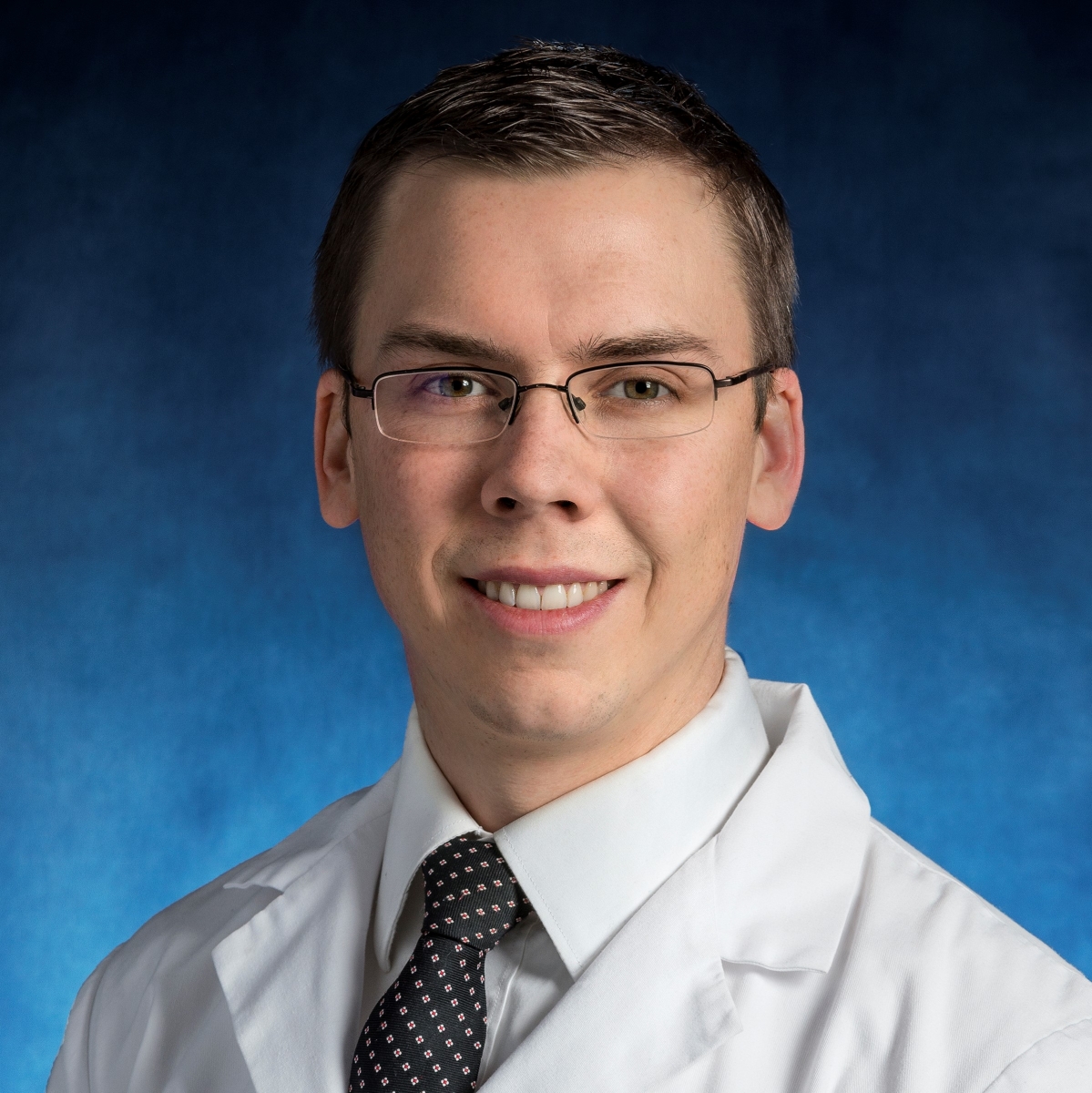 Jonathan C. Dudley, MD, with mentor Bert Vogelstein, MD, at Johns Hopkins University School of Medicine, Baltimore
Jonathan C. Dudley, MD, with mentor Bert Vogelstein, MD, at Johns Hopkins University School of Medicine, Baltimore
Earlier cancer detection usually means a greater chance of remission or cure, but cost-effective and highly specific cancer screening is not yet available for most cancers. More than 90 percent of cancers harbor aneuploidy, an abnormal number of chromosomes in a cell; this abnormality is highly specific for cancer and can be detected with DNA sequencing. Dr. Dudley is developing a new approach for detecting cells with abnormal amounts of DNA, which could identify cancer sooner. He aims to apply this approach to urine and Pap smear samples to create an inexpensive and sensitive screening test for bladder, ovarian and endometrial cancers.
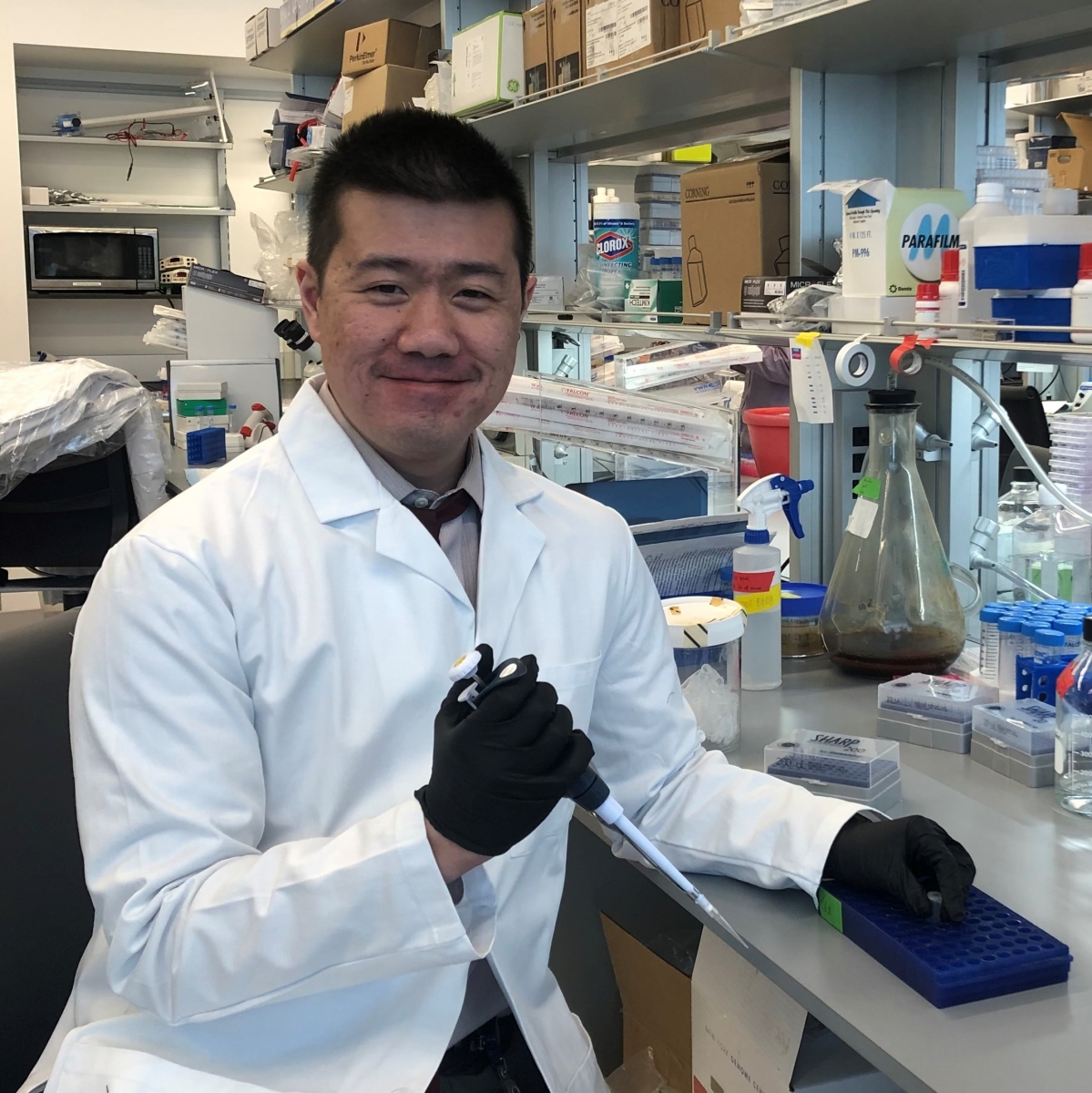 Dennis J. Hsu, MD, with mentor Sohail F. Tavazoie, MD, PhD, at Memorial Sloan Kettering Cancer Center and The Rockefeller University, New York
Dennis J. Hsu, MD, with mentor Sohail F. Tavazoie, MD, PhD, at Memorial Sloan Kettering Cancer Center and The Rockefeller University, New York
DNA stores the information for making all the proteins in an organism. Transfer RNA (tRNA) plays a key role in building the proteins from this blueprint. tRNA molecules recognize specific sequences (three-letter codons) and deliver the corresponding amino acids needed to make a protein. Dr. Hsu recently found that certain starvation conditions can cause some tRNAs to be modulated in colorectal cancer cells. He will study the changes in tRNA levels that occur in response to cellular starvation states. He aims to shed light on how cancer cells adapt to starvation, which potentially can lead to new therapeutic approaches to target metabolic dependencies in cancer.
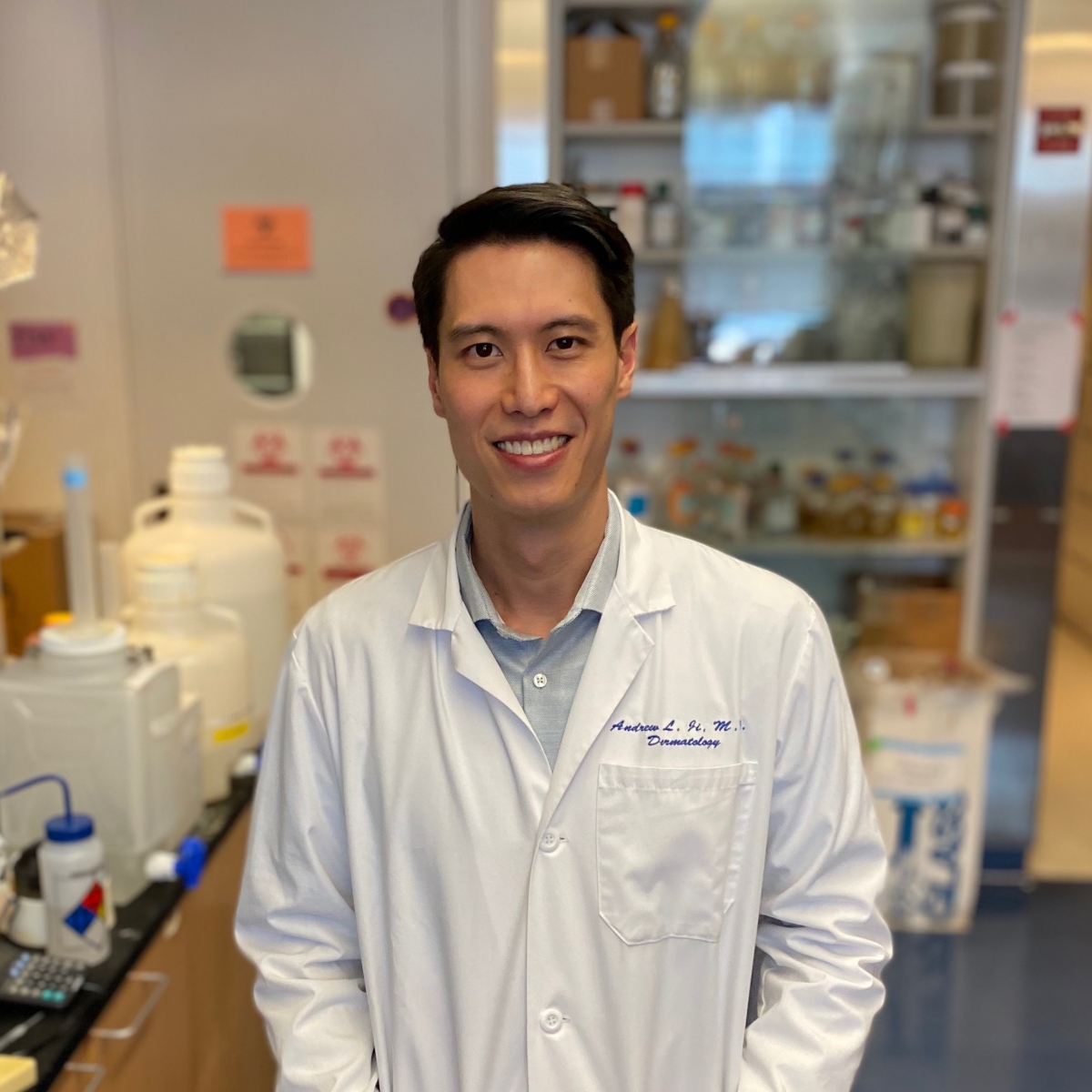 Andrew L. Ji, MD, with mentor Paul A. Khavari, MD, PhD, at Stanford University School of Medicine, Stanford
Andrew L. Ji, MD, with mentor Paul A. Khavari, MD, PhD, at Stanford University School of Medicine, Stanford
Squamous cell skin cancer or cutaneous squamous cell carcinoma (cSCC) is the second most common cancer in the United States. In cases when the tumor cannot be surgically removed, treatment options are limited. Dr. Ji is focusing on intratumoral heterogeneity, the diversity of cell types and tumor cell subpopulations that characterize these tumors. Current cSCC treatments do not effectively target all subpopulations within a tumor, which leads to survival of some cancer cells and therapeutic resistance. He aims to understand how intratumoral heterogeneity arises within cSCC tumors, focusing on how cell-cell communication within the tumor microenvironment influences this process. This research may guide the development of improved treatment strategies.
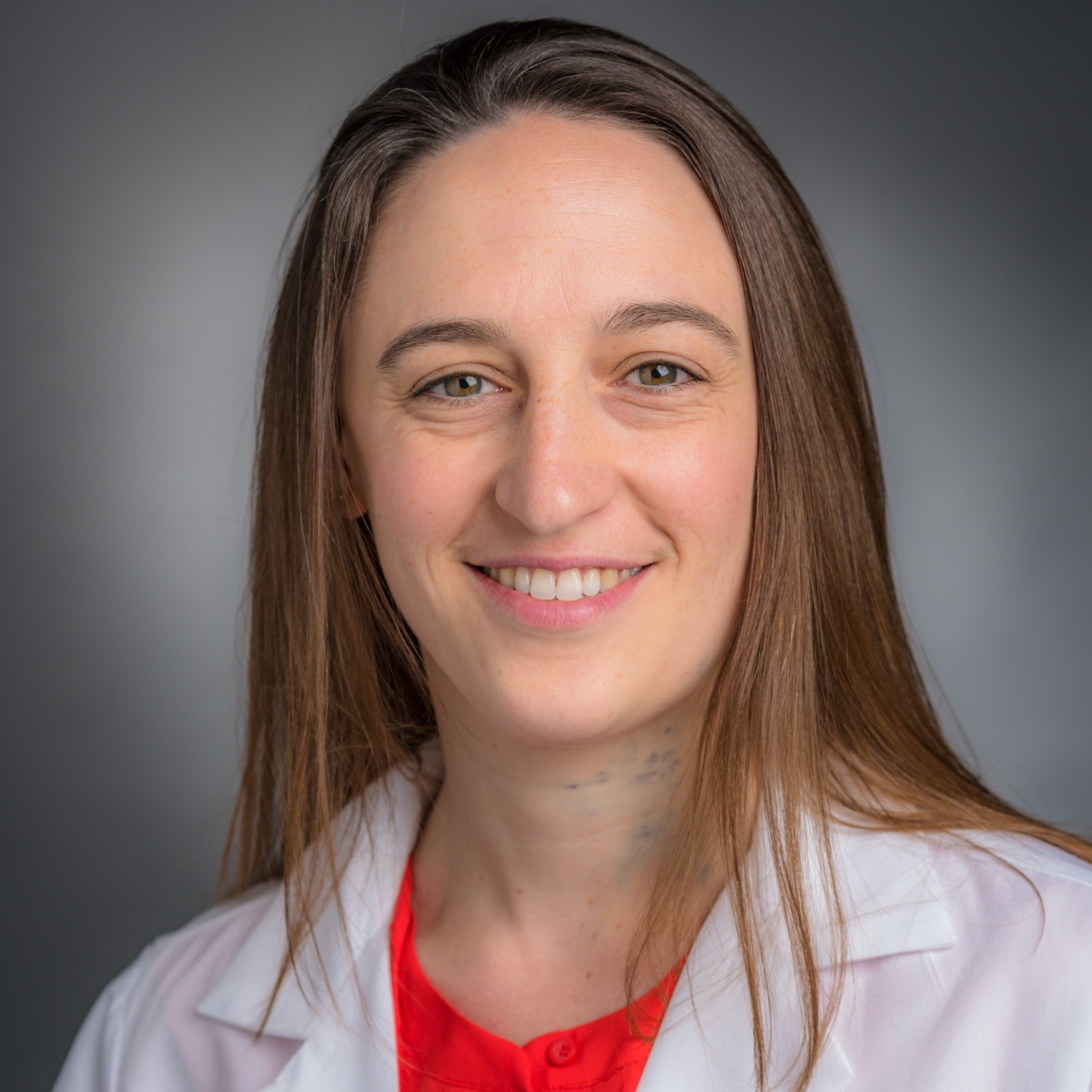 Natalie Vokes, MD [The Mark Foundation for Cancer Research Physician-Scientist], with mentor Eliezer M. Van Allen, MD, at Dana-Farber Cancer Institute, Boston
Natalie Vokes, MD [The Mark Foundation for Cancer Research Physician-Scientist], with mentor Eliezer M. Van Allen, MD, at Dana-Farber Cancer Institute, Boston
The treatment of non-small cell lung cancer (NSCLC) has changed dramatically with the development of immune-activating checkpoint inhibitors, given alone or with chemotherapy. However, most patients’ tumors eventually develop resistance to these drugs. Dr. Vokes is investigating this process by collecting data on the genetic and immune features of pre- and post-treatment tumors. She will then use computational algorithms to integrate these features into a model that predicts which patients are likely to respond to checkpoint inhibitor therapy and also sheds light on the difference between therapy given alone or with chemotherapy. A better understanding of how tumors evolve resistance will guide the design of more effective therapies for all patients and improve therapy selection for individuals.







